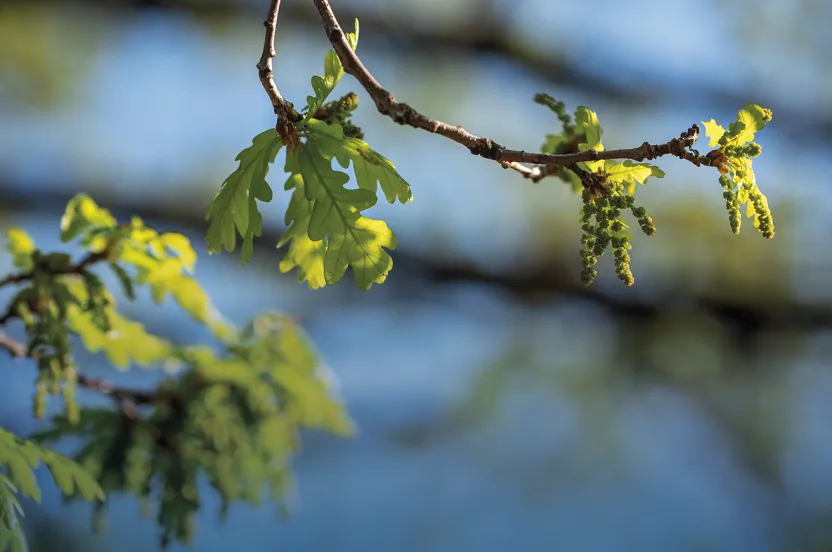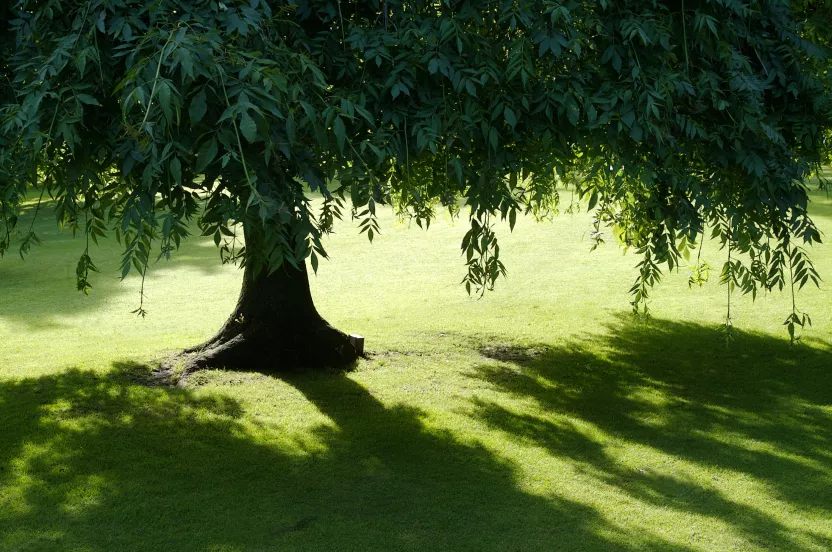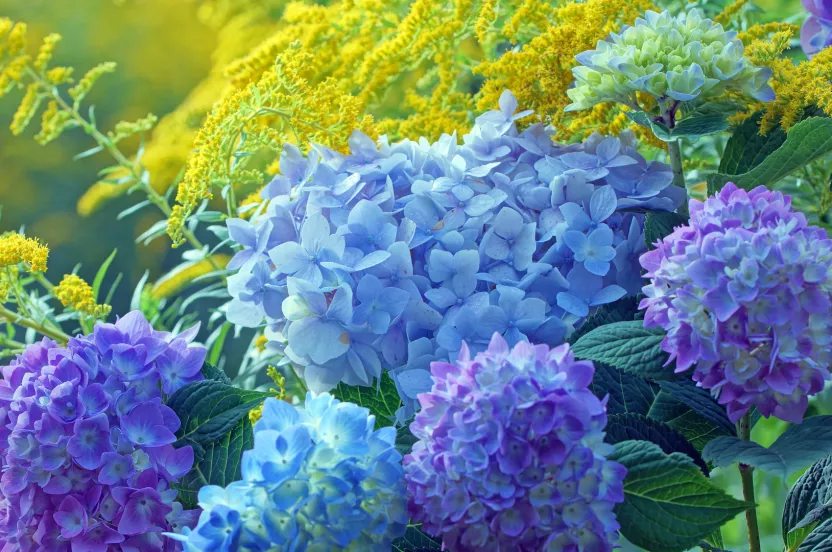Now live: The 2025 Canopy Report. Learn how Americans see trees. GET THE REPORT
How to Care for Arborvitae, the tree of life
Thuja or Arborvitae make great hedges. Learn about basic tree care and how to maximize your American Arborvitae's growth rate.
June 3, 2010

Arborvitae is truly the “tree of life.” To the early Indians, and the first French explorers with whom they shared their knowledge of natural
medicines, arborvitae meant vitamin C and a cure for scurvy. To the new home owner today, it is a quick hedge and a foundation planting to soften the corners of houses.
For a tree like this, what could be more appropriate than the name arborvitae, a Latin form of the French, “l’arbre de vie,” or “tree of life”? Linnaeus, the Swedish botanist who assigned the Latin name to this species, picked up on other traits. The genus name, Thuja, is from a Greek word for perfume. Squeezing the evergreen leaves releases an aroma that is nothing less than nature’s perfume.
The native North American tree, America Arborvitae (Thuja occidentalis), was useful in early canoes and medicines and became the first North American tree to be introduced to Europe. The specific name, occidentalis, means “west,” the direction from Sweden where this tree was discovered.
Tree Care Tips Arborvitae is a tough and versatile tree – an urban survivor. It can withstand compaction, most common kinds of air pollution, and a range of soils. It can be planted in tight, narrow spaces in a landscape where height is needed, and adapts well to shearing and shaping. However, for a good to fast growing tree of up to 2 feet per year, it is necessary to plant this species within its preferred range of conditions.
Conditions to Maximize Tree Growth Rate
- Soil that is moist, rich and deep, but well drained; loam or sandy loam
- pH of 6.0 (slightly acidic) to 8.0 (alkaline)
- Full sun if rapid growth is important, but will tolerate shade
- Geographic regions with high humidity
Potential Problems
- In times of drought, tree watering is important.
- Young landscape trees will need protection from deer in many areas.
- Pest and Disease Problems: Bagworms are sometimes attracted to this species, but can be removed by hand in winter, or controlled with a biological pesticide.
- In forest or land development situations, large openings can lead to windthrow due to its shallow root system.
- Protection from fire is a ‘must’ except from very old trees.
Share, Ask, and Plant
- Share your photos with us on how you have incorporated arborvitaes in your landscape design.
- Do you have more Tree Care Questions related to arborvitae; please feel free to ask them in the comments section.
- Plant an Arborvitae in your yard




